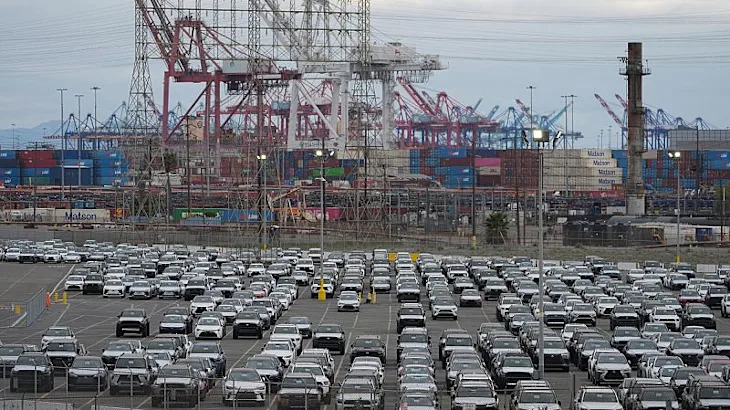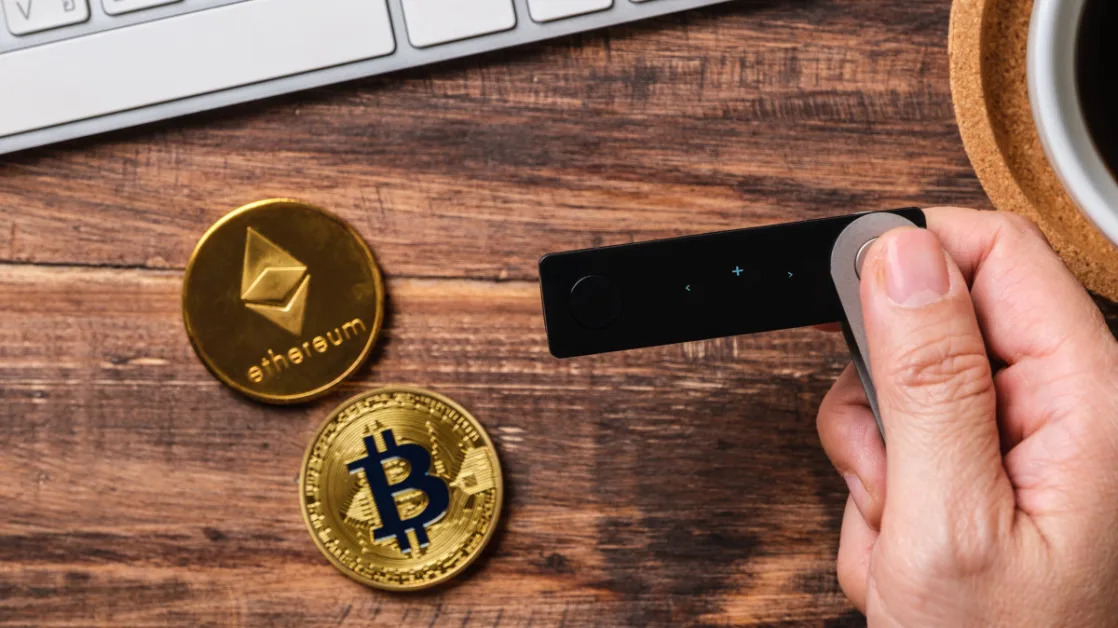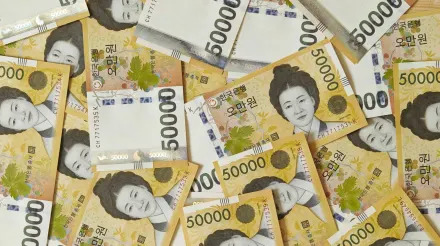(Bloomberg) -- Some of Wall Street’s biggest banks are telling clients to place bullish bets on Brazil, calling an end to the malaise that has plagued local markets this year.
That isn’t flying with the country’s largest hedge funds.
Local investment firms such as Verde Asset Management and Ibiuna Investimentos recently turned negative on interest-rate futures, while sticking to wagers on a weaker Brazilian real. Not even the Federal Reserve’s first rate cut in four years will be enough, they say, to offset the sour mood fueled by the spending spree of President Luiz Inacio Lula da Silva’s administration.
“There’s nothing suggesting that the fiscal outlook is improving,” said Gustavo Pessoa, a founding partner at Legacy Capital, which oversees about 20 billion reais ($3.6 billion). “The government is signaling it’s eager to spend and inflation is unlikely to be tamed quickly.”
It’s a stark contrast with the optimism seen among some foreign strategists. To Barclays Plc, it’s time to buy the real, especially amid signs that “pessimism has peaked” for the moment. Morgan Stanley, Bank of America Corp. and UBS Group AG in recent weeks have touted so-called receivers — wagers that profit from falling rates — in the local swap-rate curve.
Those recommending the bullish positions say the bad news, including the fiscal deterioration, is already baked in. Brazil’s tightening cycle, which is set to kick off on Wednesday just as the Fed eases, will be short-lived, they say.
“Price action has challenged our views, but the trade is cheap to hold and levels are attractive for deep buyers to add exposure,” UBS strategists including Manik Narain wrote in a note dated Sept. 9.
Brazilian markets have significantly trailed peers this year amid growing fiscal worries, with the real down more than 11% — the worst performer in a basket of 16 major currencies. Swap-rate contracts have surged 200 basis points in some tenors in that same time span.
Skeptics
Money managers, particularly locals, are skeptical the framework unveiled by Lula to shore up the country’s finances — which relies more on boosting public revenues than cutting expenses — is sustainable.
The framework “is likely to be under heavy pressure next year, which should lead it to be changed at some point” and spur fresh fears over the sustainability of Brazil’s debt, SPX Capital, which manages over 58 billion reais, wrote in a note to clients on Sept. 10.
The concerns have taken a toll on interest-rate futures, which in Brazil are far bigger than the cash market, with prices in the so-called DI curve serving as the main reference for the valuation of any local asset or derivative. The local curve is pricing in a tightening cycle of over 180 basis points, starting with a 25 basis point hike on Wednesday.
Local funds have slashed their bullish bets on the real by about half since the start to the year, and held a $9.7 billion net-long position on the currency as of mid-September, according to foreign-exchange derivatives data compiled by Bloomberg.
Making matters worse, the country is facing a severe drought that’s causing energy prices to spike and could hit agricultural production — all of which can fuel inflation.
For Fabricio Taschetto, chief investment officer at hedge fund Ace Capital in Sao Paulo, the premium in the local curve still doesn’t compensate for risks.
“Extreme weather will fan inflation in the near term, and the fiscal picture is really bad,” said Taschetto. “In Brazil, you can usually predict the beginning of the hiking cycle — but not when it’s gonna end.”
--With assistance from Davison Santana.





